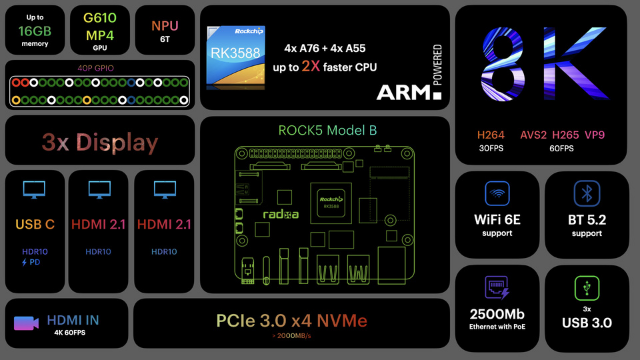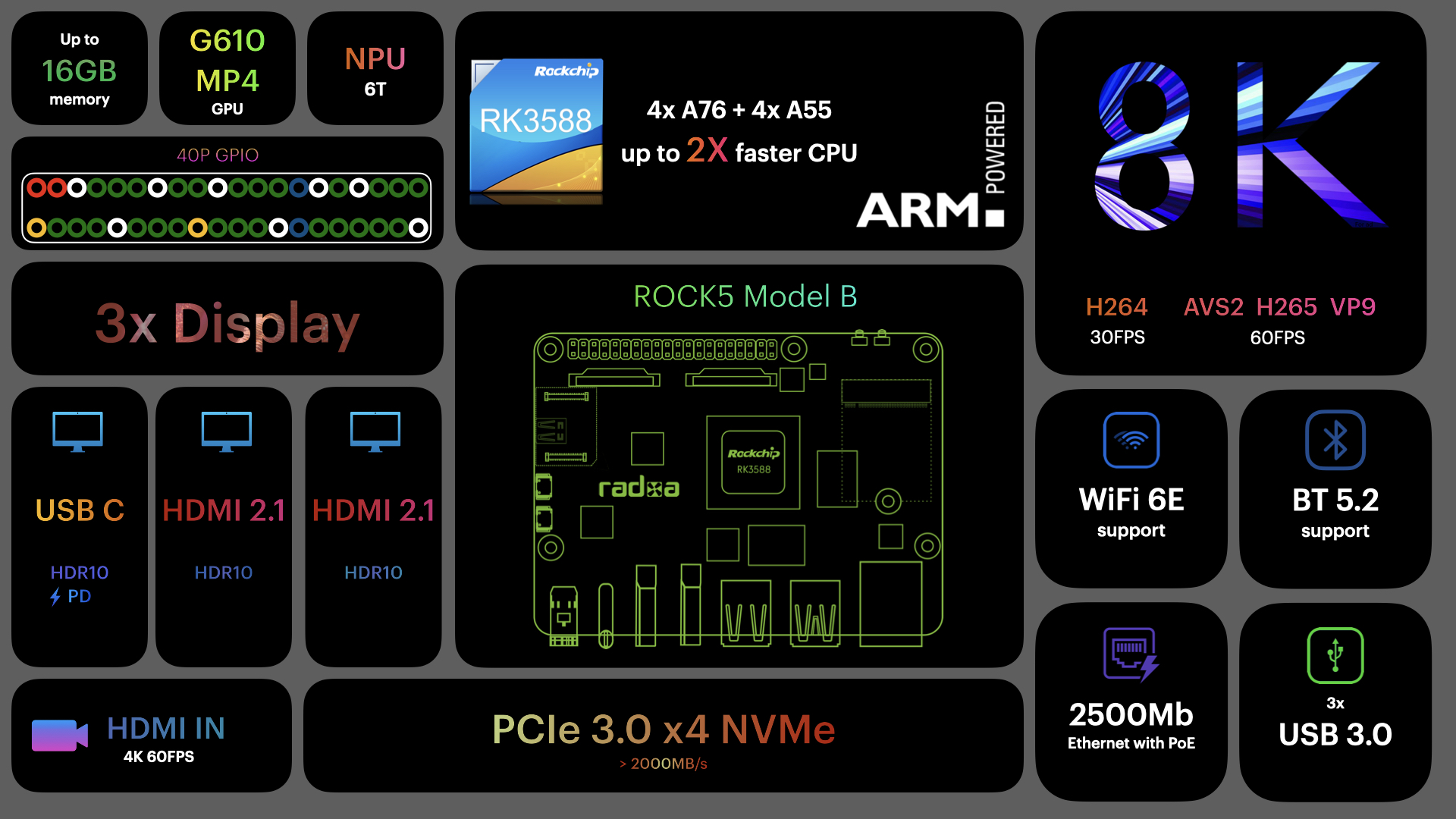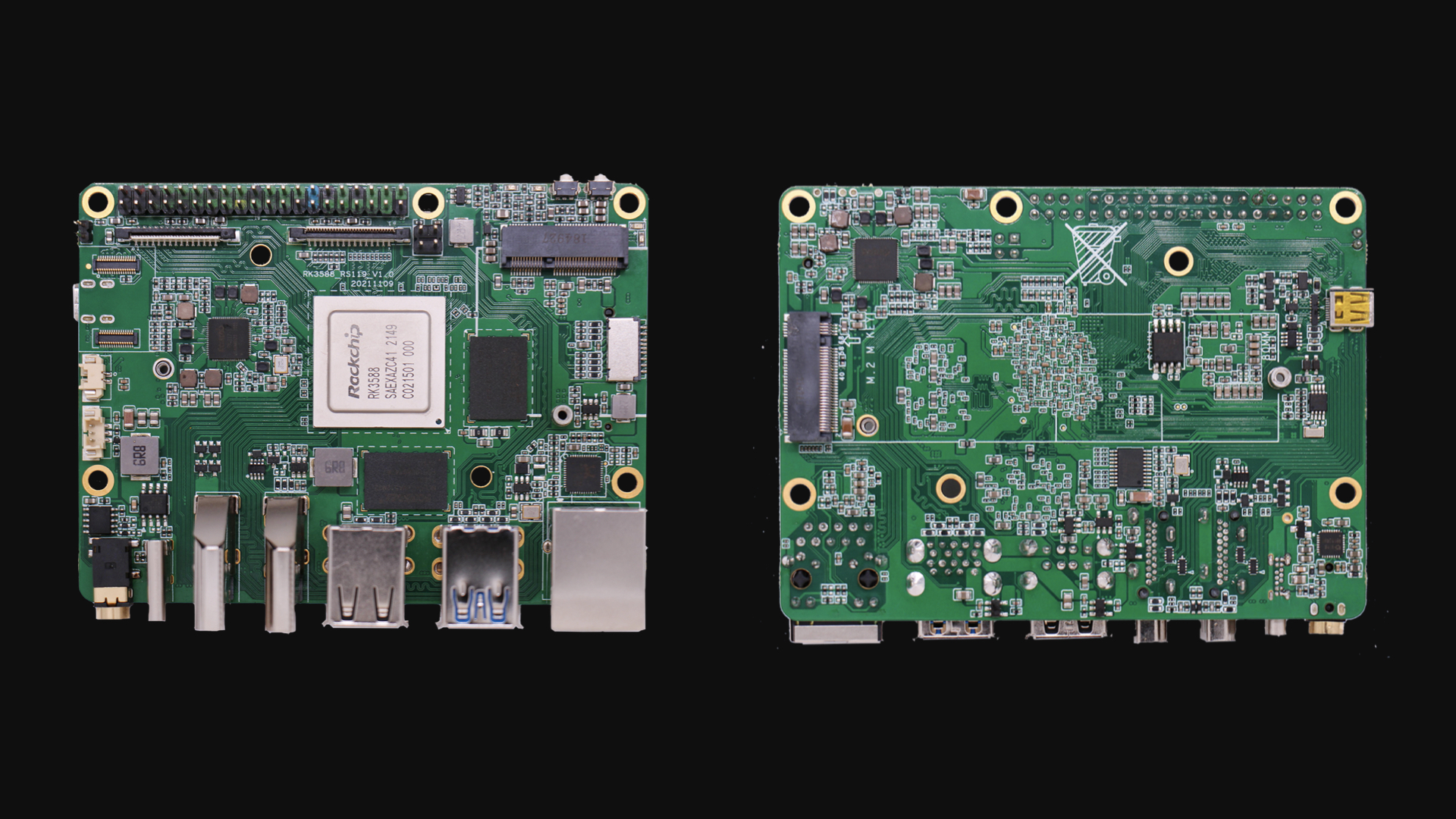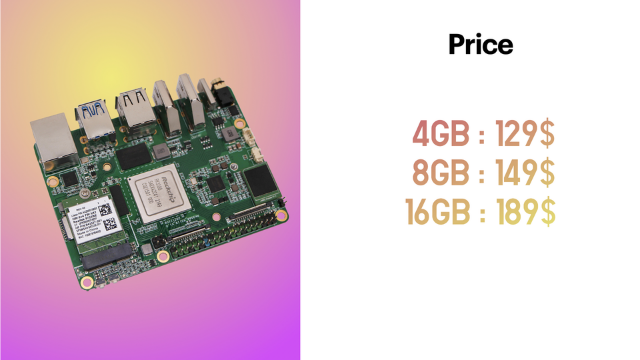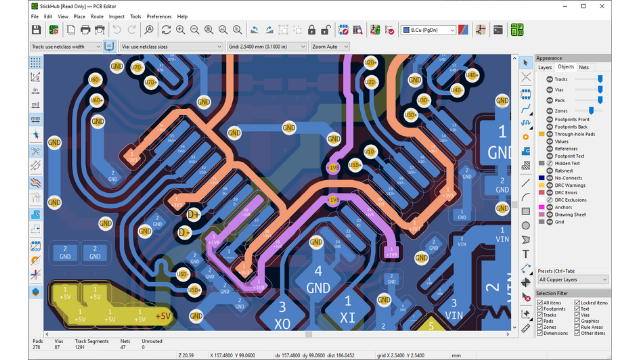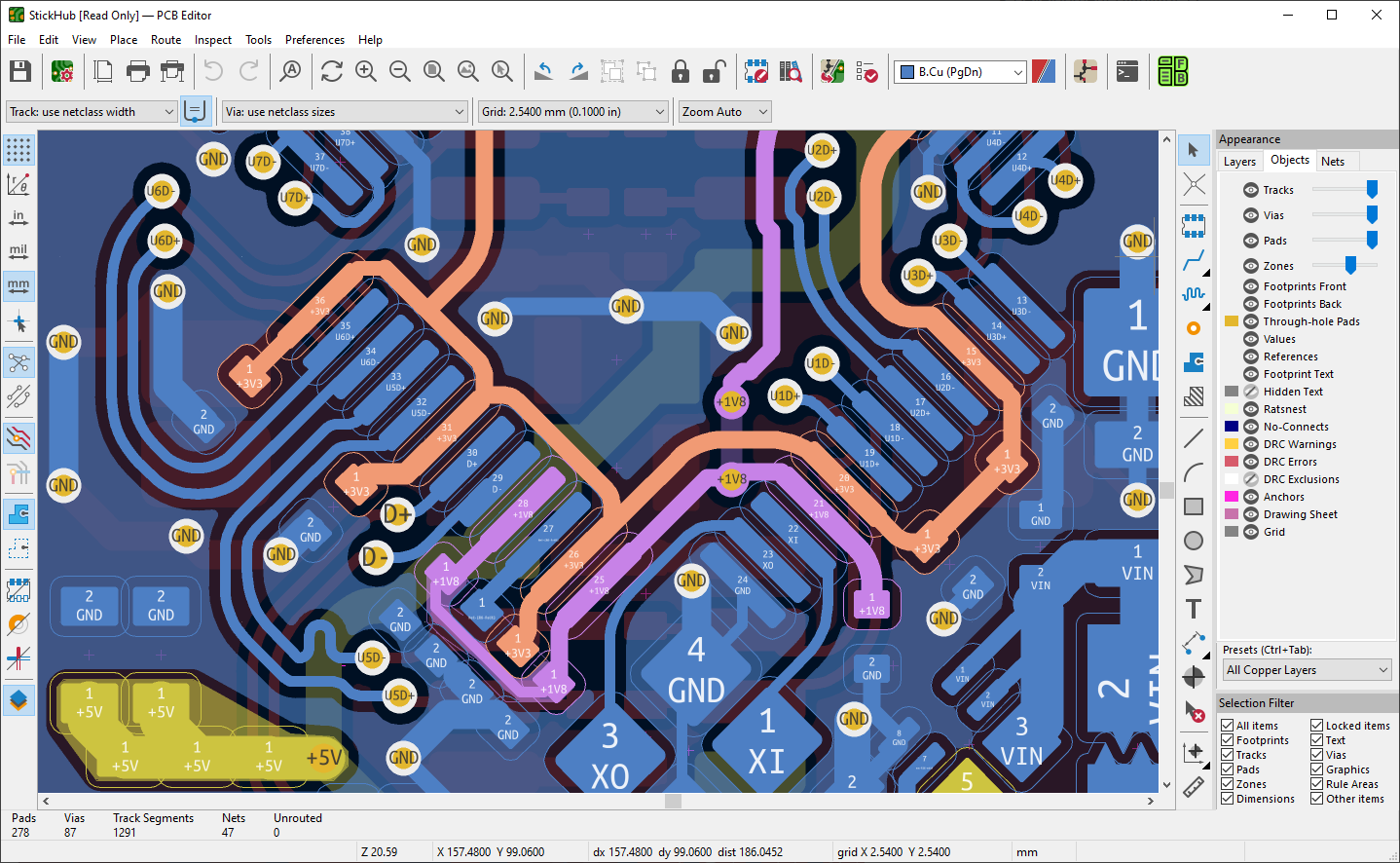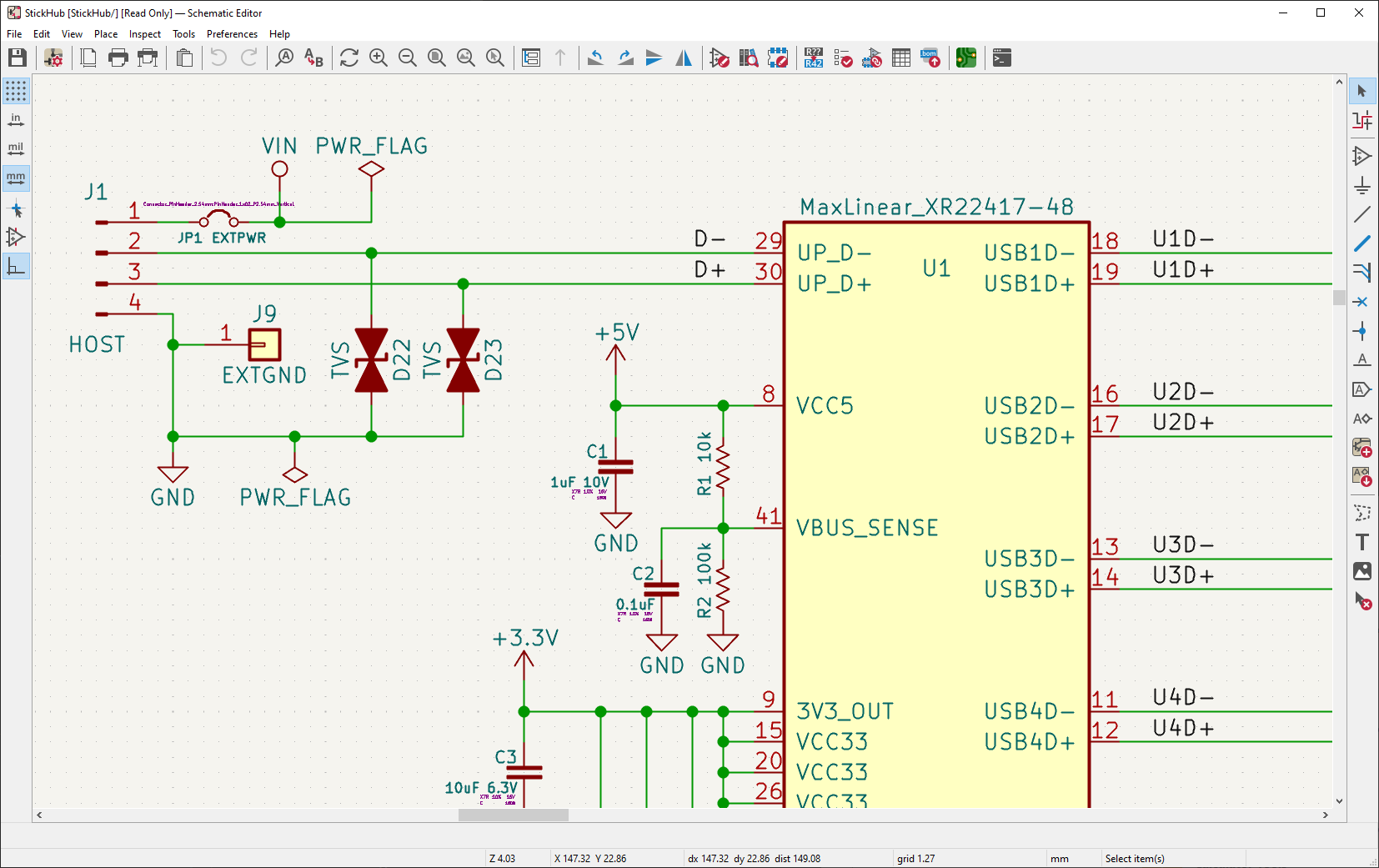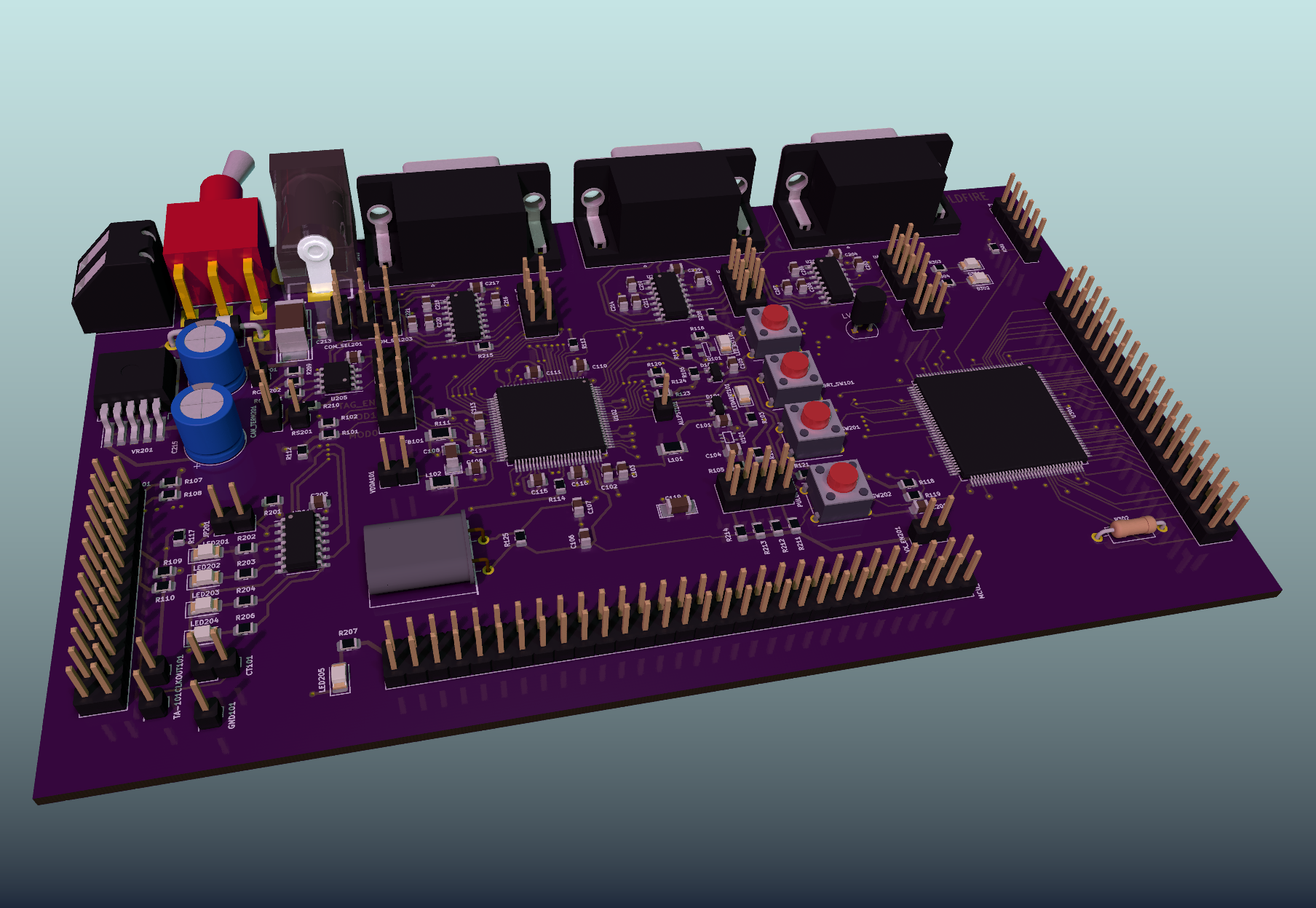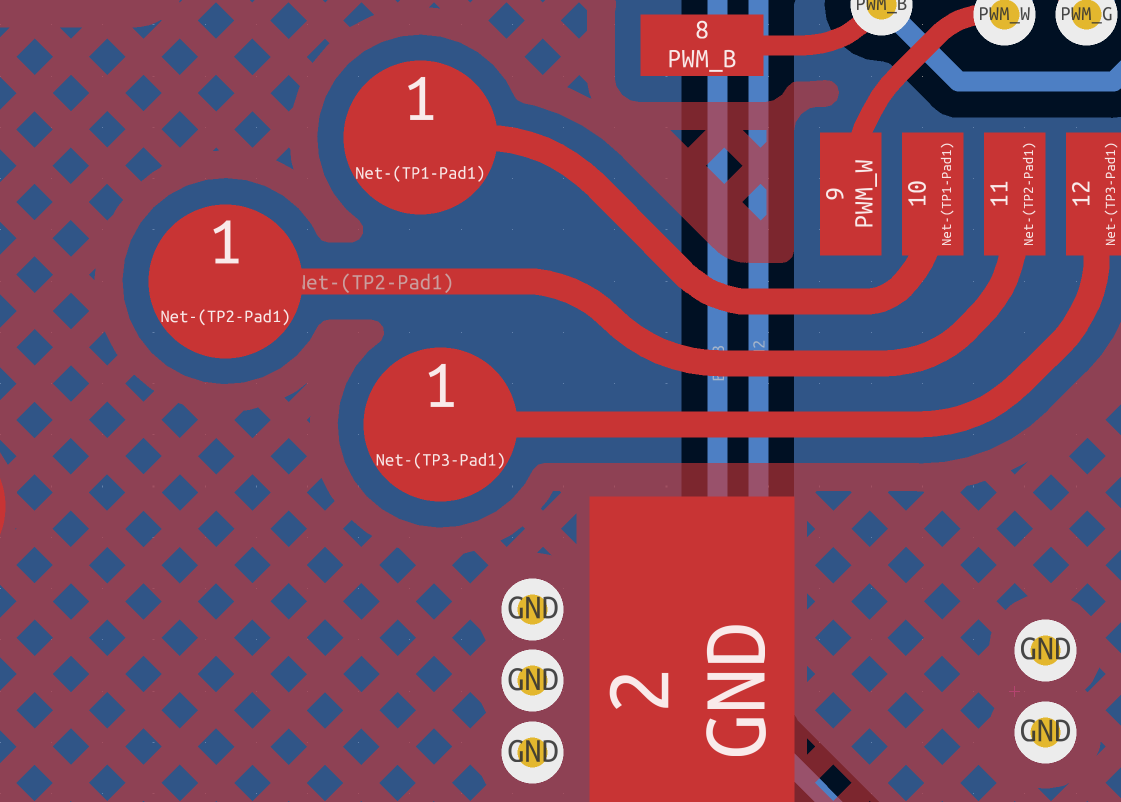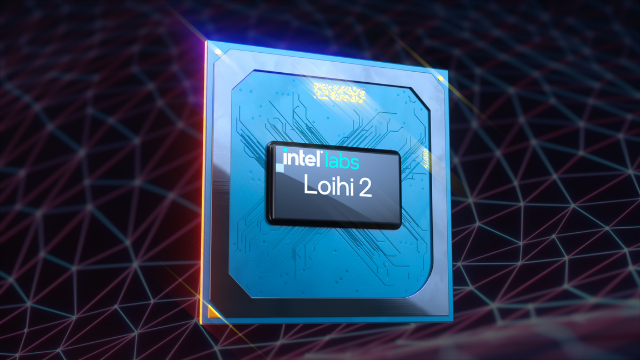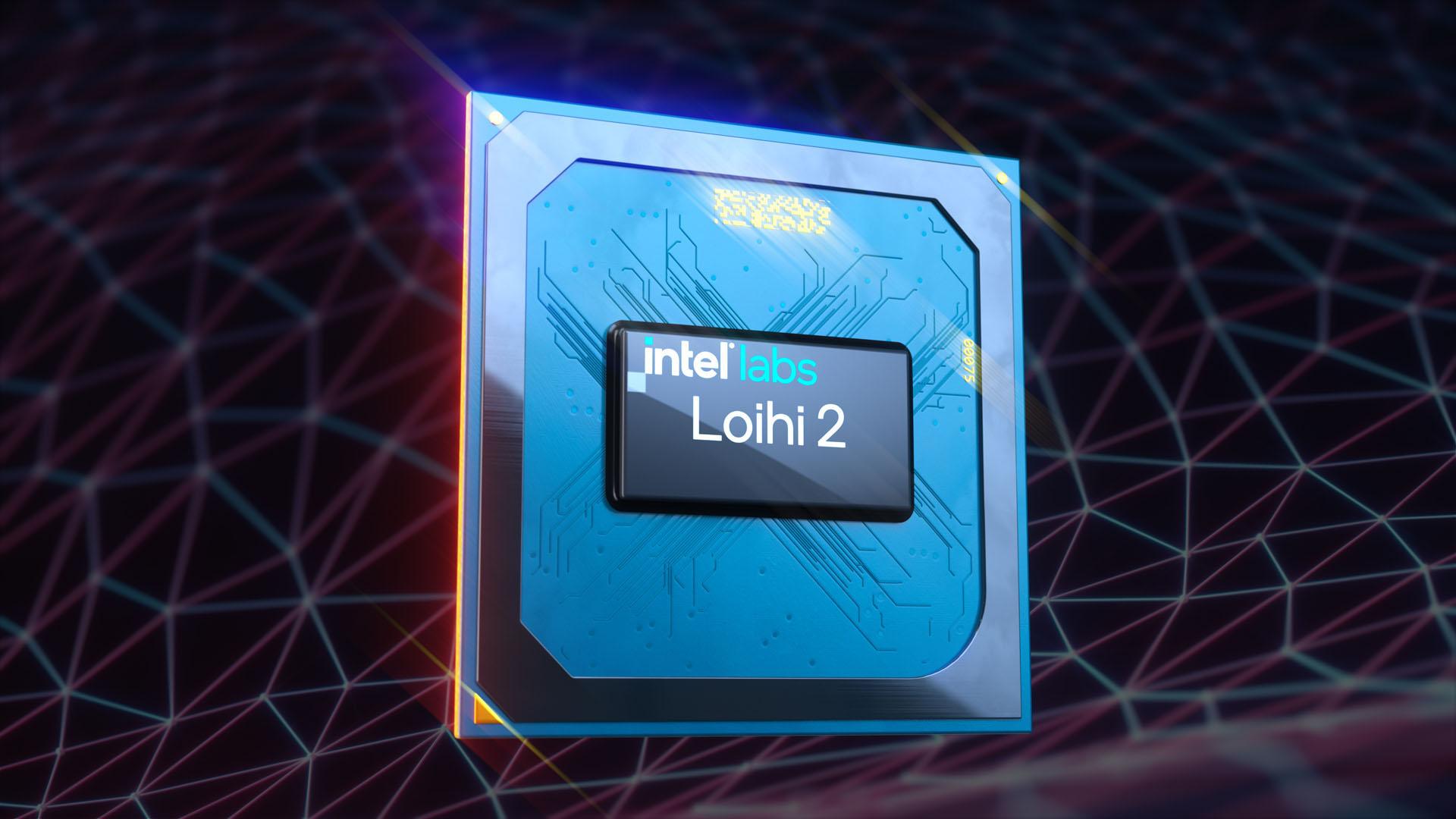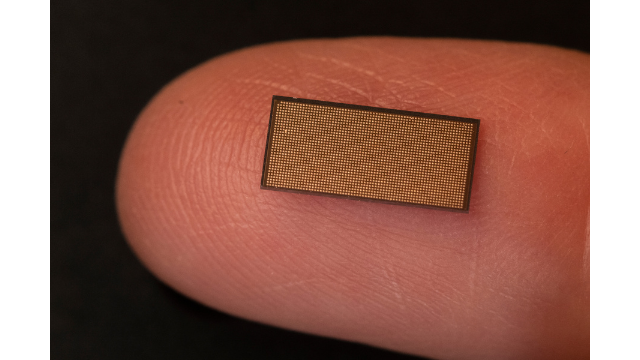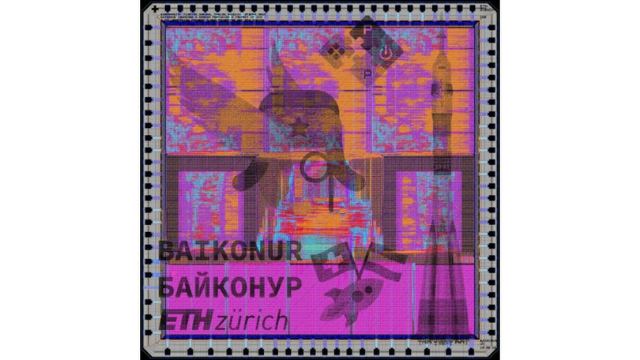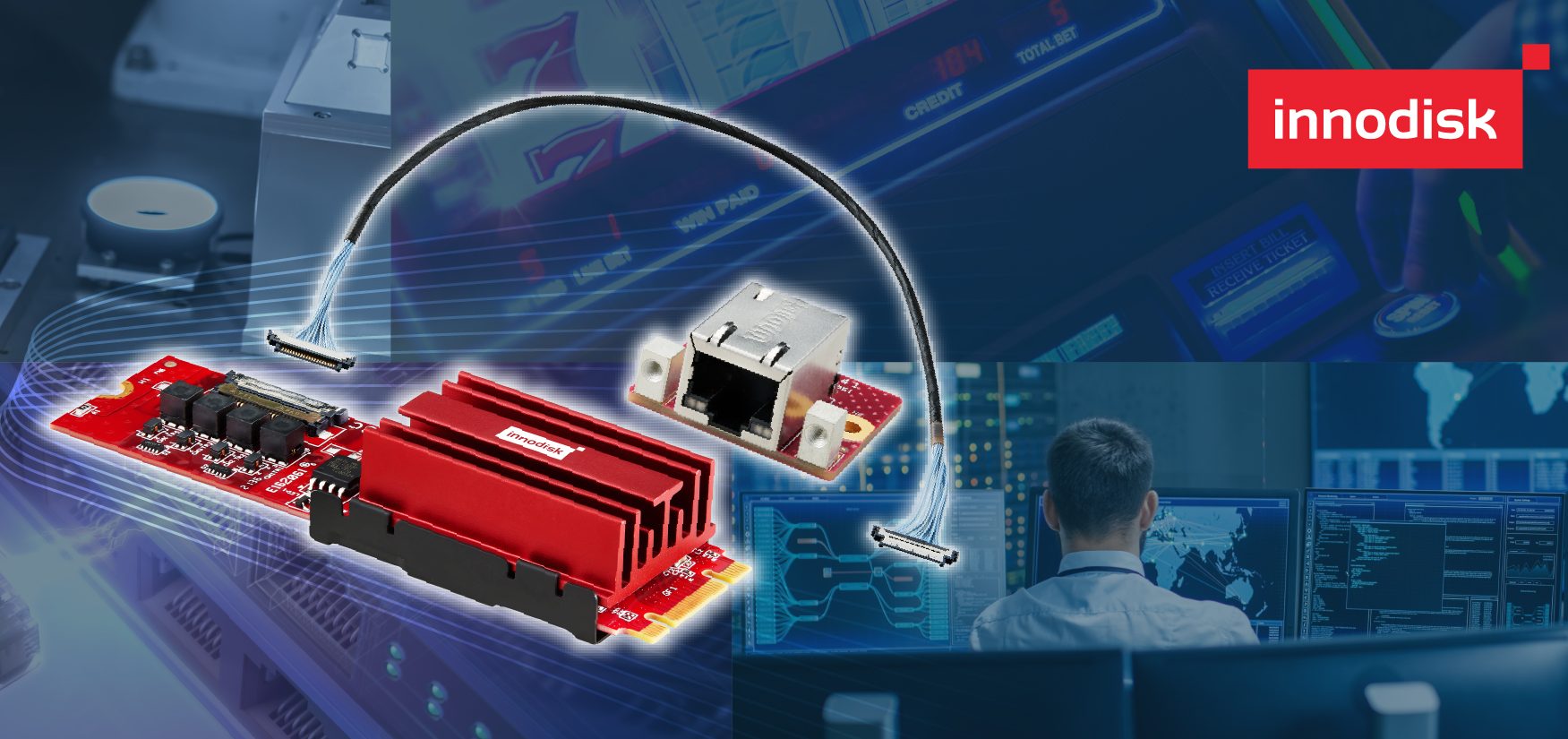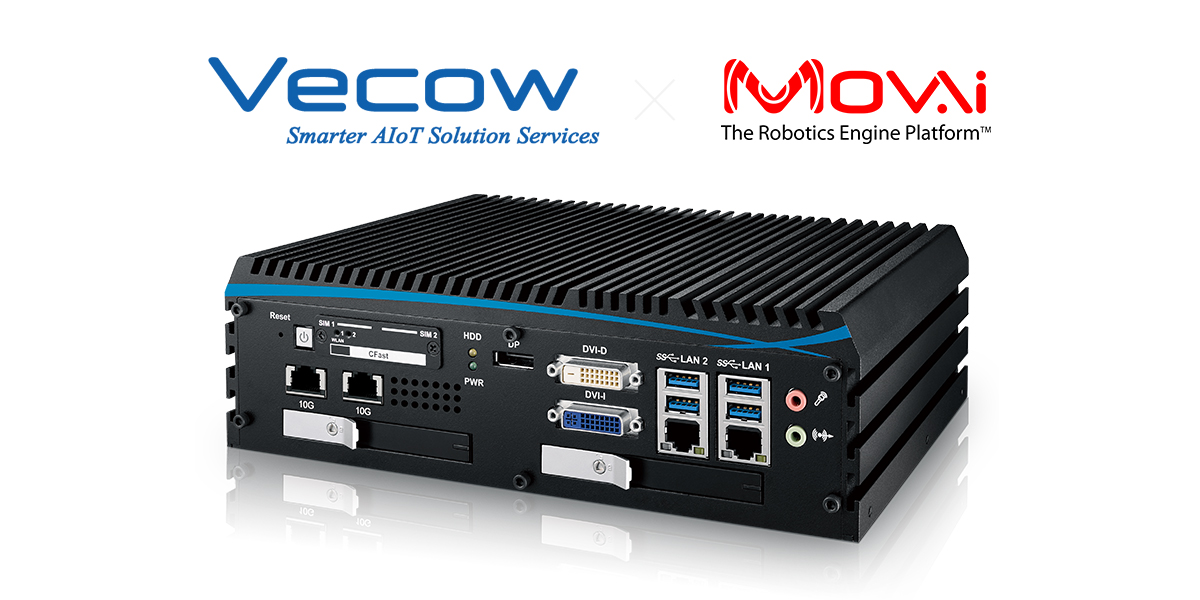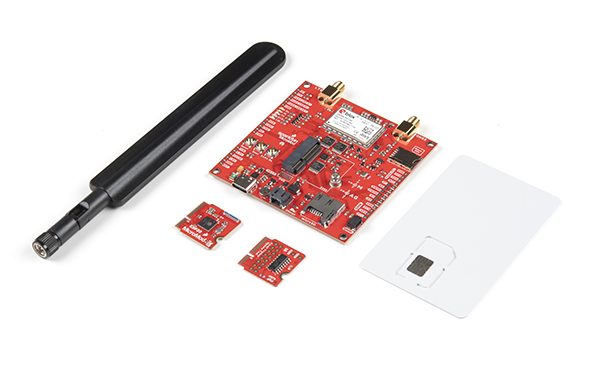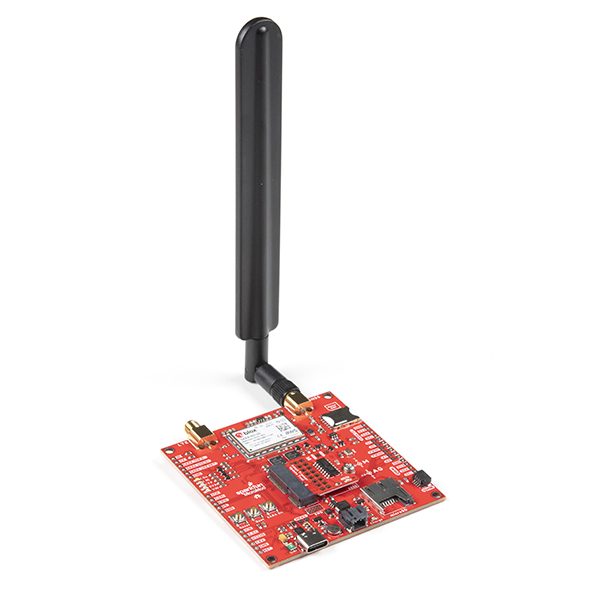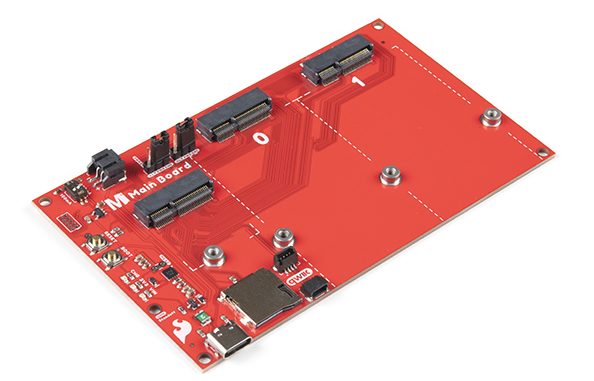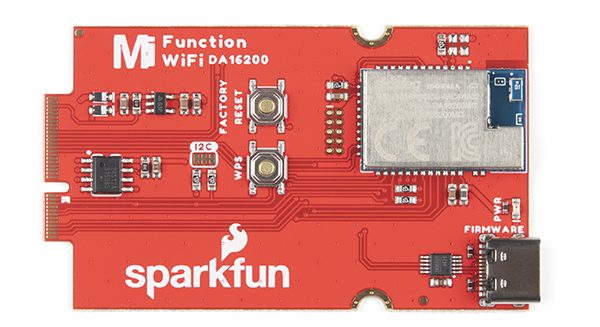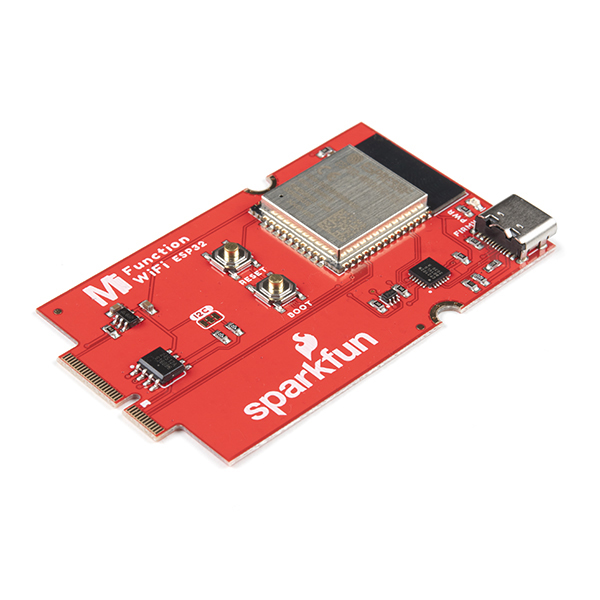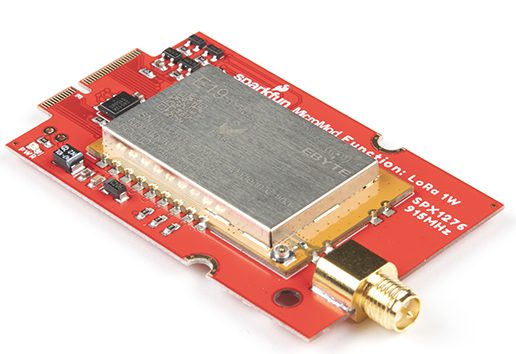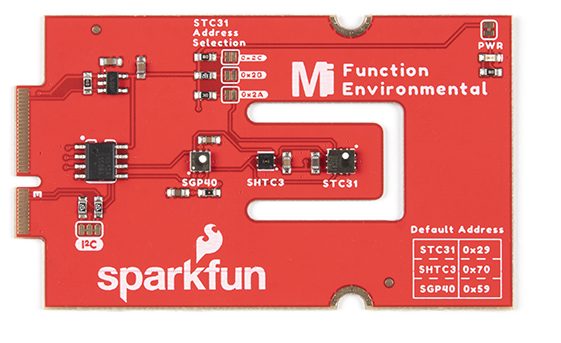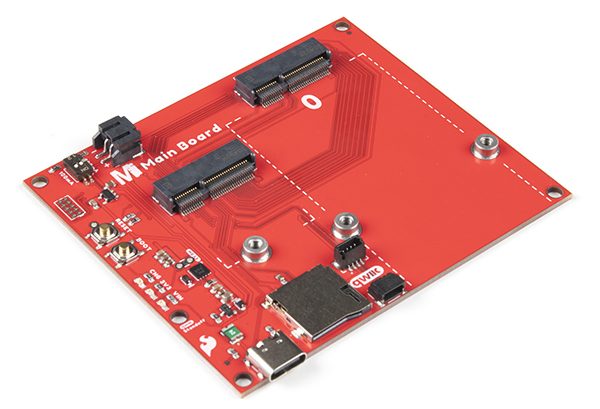Radxa announced a new Arm Desktop standard single board computer, ROCK 5 Model B based on the Rockchip RK3588 low-power and high-performance processor for edge computing. Radxa became one of the first manufacturers to embed an RK3588 system-on-chip showing the capabilities for digital multimedia applications.
At the heart of the Radxa ROCK5 Model B single-board computer is the RK3588 which comes with integrated quad-core Cortex-A76 and quad-core Cortex-A55 alongside a NEON co-processor. With several powerful hardware embedded inside the system-on-chip, the SBC is capable of supporting H.256 and VP9 video decoder at 8K 60fps and H.264 decoder at 8K 30fps. Along with this comes the embedded 3D GPU from Mali that supports OpenGLES 1.1, 2.0, and 3.0 with Vulkan 1.2. The SoC also introduces an image signal processor that can implement several algorithms accelerates like HDR, fisheye correction, and gamma correction.
Specifications of ROCK5 Model B:
- Type: Pico-ITX form factor
- SoC: RK3588 on 8nm manufacturing process
- Quad-core Arm Cortex-A76 processor @ 2.4GHz clock frequency
- Quad-core Arm Cortex-A55 processor @1.8GHz clock rate
- NEON co-processor
- Mali-G610 GPU
- 6 TOPS NPU
- Wireless connectivity: Wi-Fi 6E and Bluetooth 5.2
- Memory: 4GB, 8GB and 16GB LPDDR4 RAM
- Storage: 4x PCIe 3.0 NVMe SSD, MicroSD card slot, and eMMC flash socket
- Interfaces: 2.5G Ethernet with PoE support
- Video output: 2x HDMI 2.1 up to 8K at 60fps and 1x USB Type-C with DisplayPort up to 8K at 30fps
- Video input: HDMI IN support up to 4K at 60fps
- Operating system: Linux kernel 5.10, Debian Buster/Android 12
- GPIOs: 40-pin header
- Dimensions: 100×72 mm
The ROCK5 Model B highlights three versions with different LPDDR4 RAM from the 4GB, 8GB, and 16GB options but lets you decide on flash memory through several interfaces. It does not fall behind when it comes to wireless connectivity of the single-board computer by supporting Wi-Fi 6E and Bluetooth 5.2. Video input through HDMI IN supports up to 4K at 60 fps but better video output through HDMI 2.1 and USB Type-C ports.
The base variant of Radxa ROCK5 Model B is priced at $129 going up to $189 for 16GB memory. However, you can save up to $50 on any of your desired models using the R3 code for a discount. You can purchase the hardware through official distributors like Ameridroid and Allnetchina.


